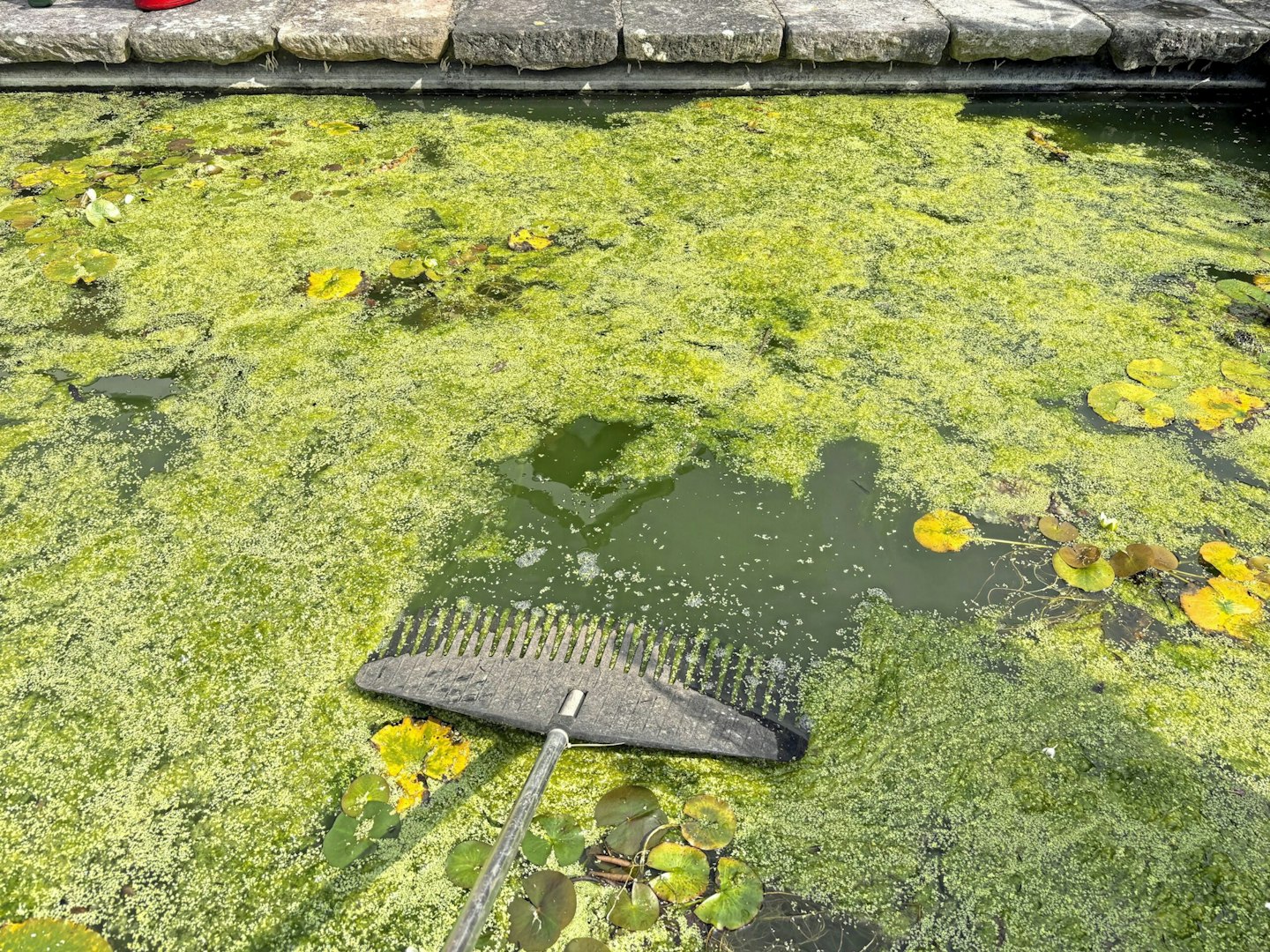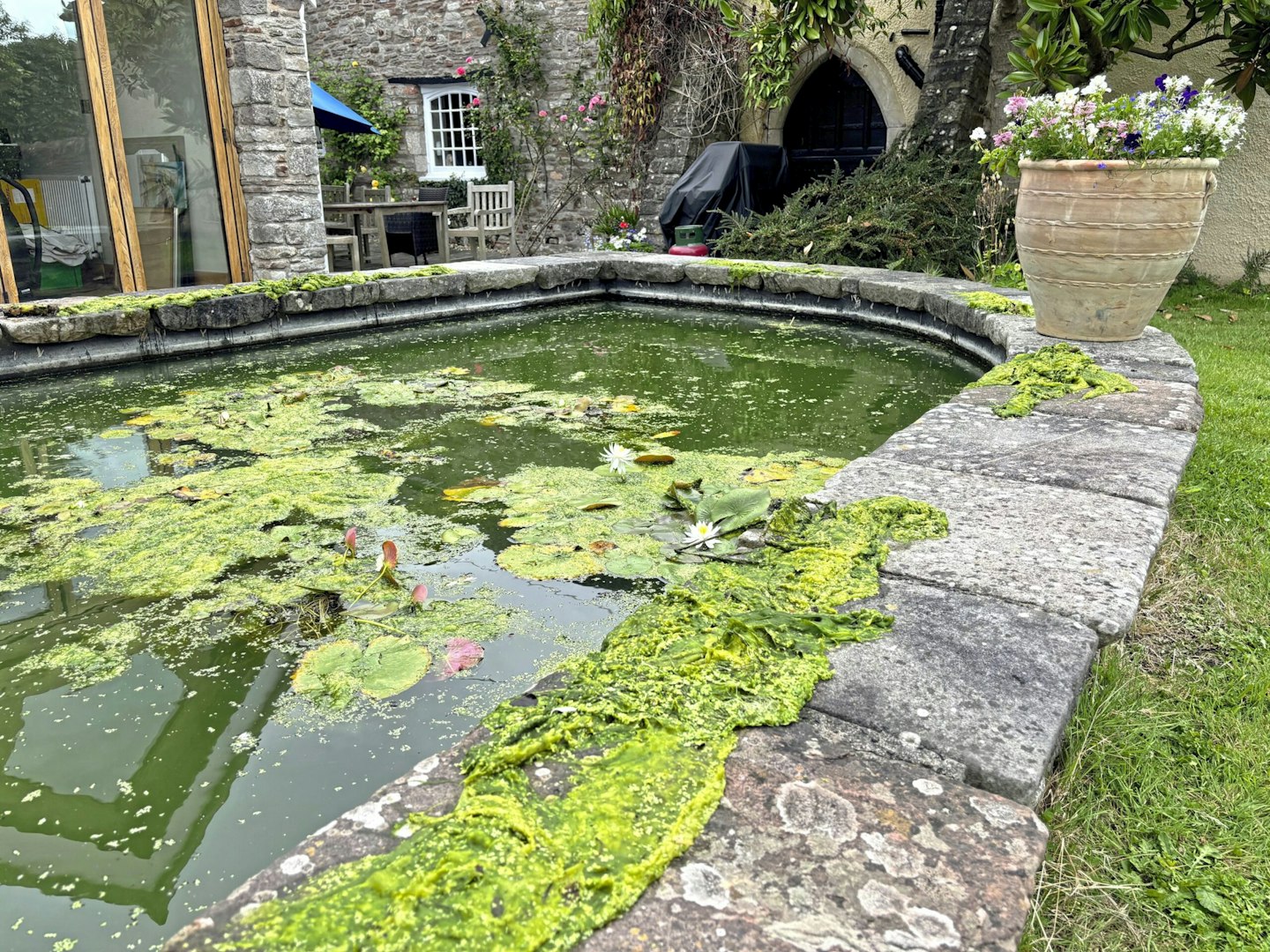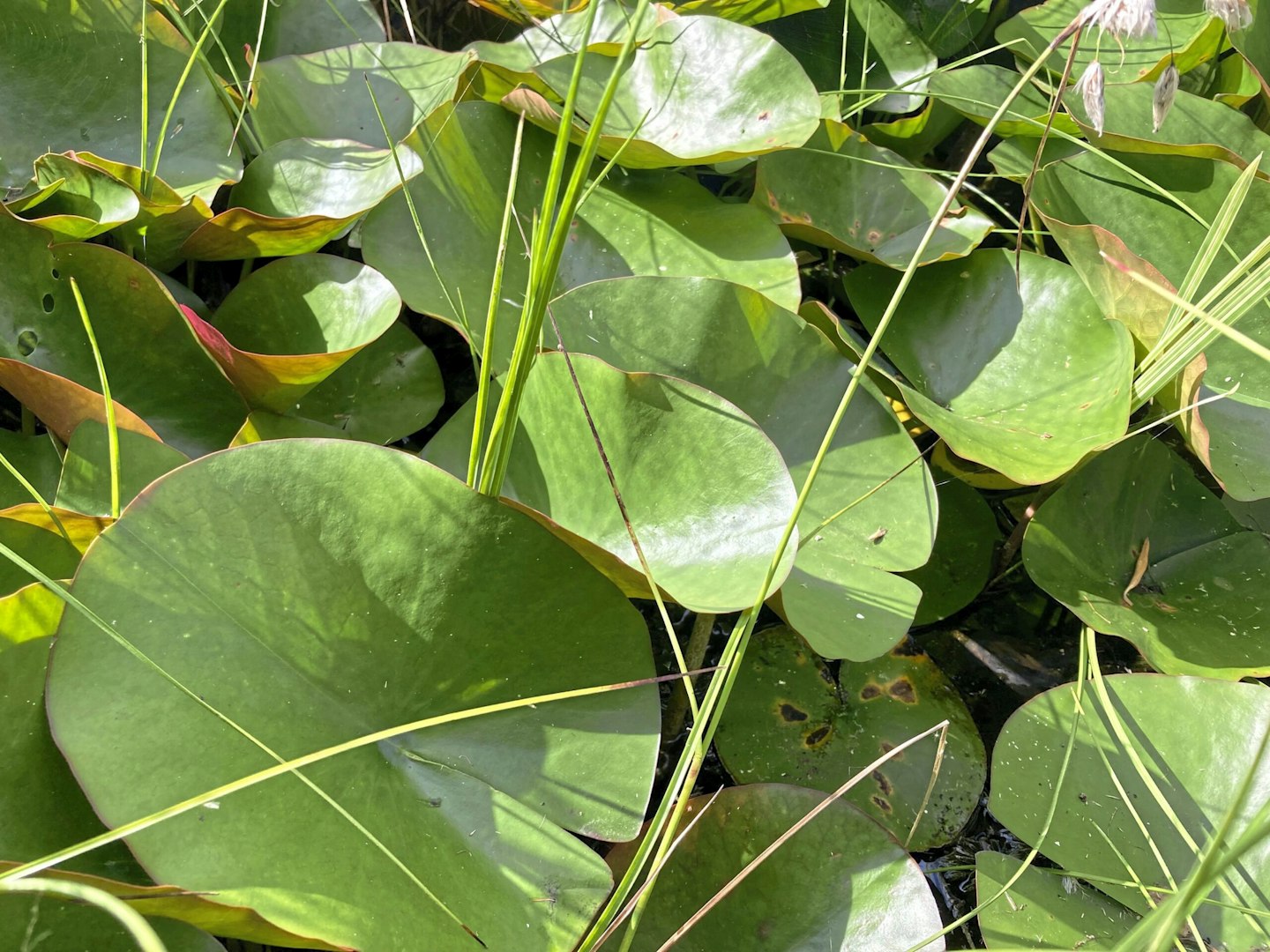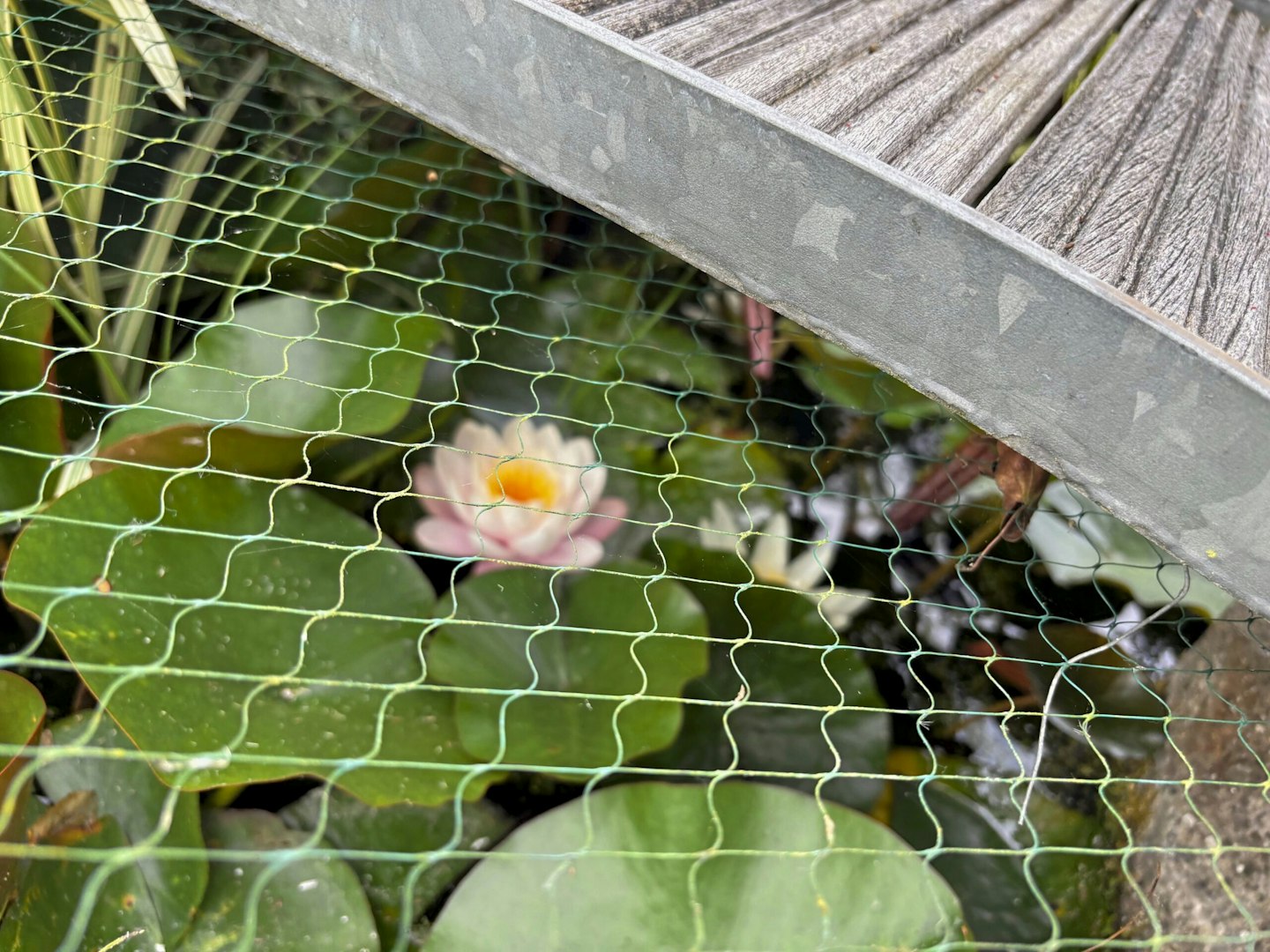Some basic maintenance will protect any wildlife and keep the water healthy
Words and Photos Debi Holland

Ponds provide tremendous habitat for wildlife but after an active year, autumn is a good time to carry out any maintenance, such as checking filters.
If algae, blanket weed or duckweed are smothering the pond’s surface, remove as much as possible with a net or rake. Let the weed drain of water, then place it on the side of the pond. It’s likely pond skaters, snails and small fish will get caught in the haul, so carefully turn the waste and work through the pile to release trapped creatures; look out for any that may need a helping hand to get back in the water.
As trees shed leaves, inevitably some will fall into ponds, so skim the water’s surface to remove debris, then cover it with a net. Try and prevent leaves from sinking to the bottom as decomposing leaves increase water nutrient levels, which helps algae and pond weed bloom.
Algae growth can be slowed by floating a bale of barley straw in the water. As the straw rots it creates a chemical reaction, which naturally stunts algae growth.
Over time decaying material accumulates into a thick sediment, so try running a fine mesh net along the bottom to remove some of this material. Water with low oxygen levels will cause a build-up of other gases potentially toxic to fish, so if your pond smells of rotting eggs, act now!
Step-by-step

1 Algae and blanket weed quickly accumulates. Gently rake the weed and lift it out of the water.

2 Leave waste material on the side of the pond so wildlife caught in the weed can jump back into the water.

3 Thin out congested plants. It helps light penetrate the water and ensures the surface isn't clogged.

4 Remember to put back any nets. This prevents herons from eating fish and leaves falling in the water.

